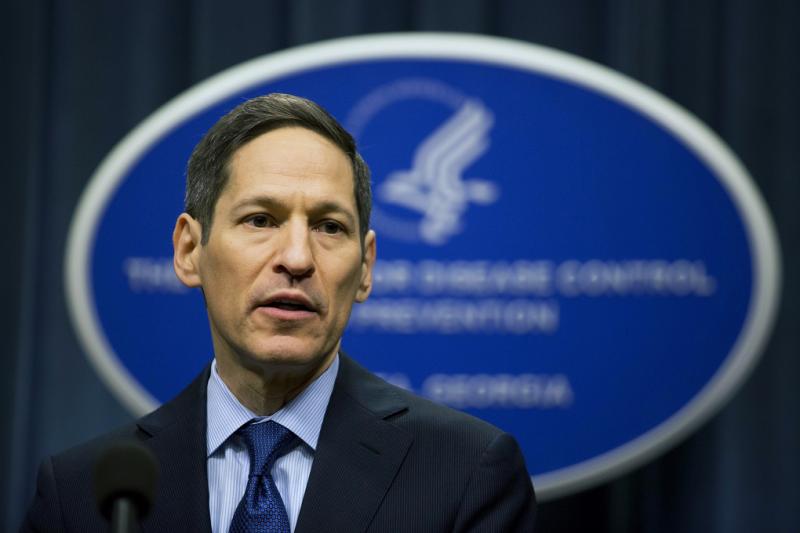You are here
Tue, 2015-11-03 14:56 — mdmcdonald
This working group is focused on discussions about the West Africa Disaster Preparedness Initiative (WADPI).
The mission of this working group is to focus on discussions about the West Africa Disaster Preparedness Initiative (WADPI).
Add Content to this group
Members
| Carrielaj | davidmc | Kathy Gilbeaux | LadyCath | mdmcdonald | MDMcDonald_me_com |
| Obilia Kamara | Paulshido |
Email address for group
wadpi@m.resiliencesystem.org









Recent Comments